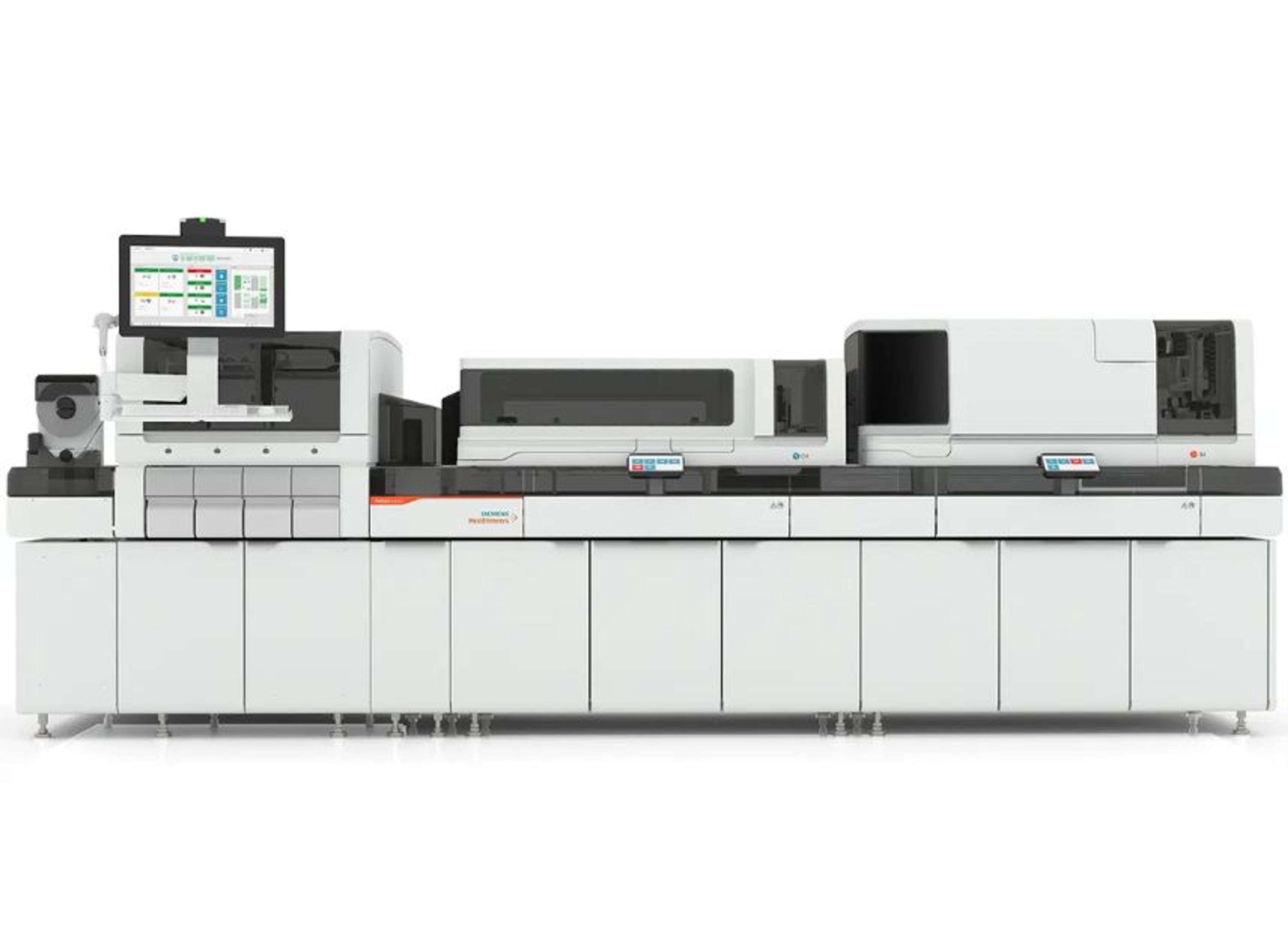Siemens Healthineers has received CE Mark for the ACUSON AcuNav Volume ICE catheter
The catheter transforms care delivery by enabling access to structural heart procedures for patients with tricuspid regurgitation and other pathologies
3 Jun 2021
Siemens Healthineers, a global leader in medical technology, has announced that it has received CE Mark for the AcuNav Volume ICE (Intracardiac Echocardiography) catheter, which is a therapy-enabling imaging guide that provides real-time, wide-angle visualization of heart anatomy during structural heart and electrophysiology procedures. AcuNav Volume ICE is the market’s first Volume ICE catheter, developed based on 20 years of innovation history in ICE.
Due to the growth of the world population over the age 65 the number of structural heart disease procedures within this population is rapidly expanding. Serving these patients better and faster requires advanced imaging tools to increase procedural efficiency and image quality. With these challenges in mind, Siemens Healthineers developed 4D Volume ICE catheter technology.
“The AcuNav Volume ICE catheter is a pioneering innovation in structural heart disease. It is a result of Siemens Healthineers’ focus on designing catheters that meet the needs of interventional cardiologists and electrophysiologists for clinical efficiency with reduced scheduling efforts, staffing needs, procedure time and costs”, said Jim Gilmore, Head of Intracardiac Imaging, Siemens Healthineers.
The AcuNav Volume ICE catheter further transforms care delivery by enabling treatment of patients who were not able to previously receive access to structural heart procedures. This group includes patients with TOE (transoesophageal echo) or general anesthesia contraindications, as well as some patients suffering from tricuspid regurgitation.
The tricuspid valve can be sufficiently visualized with TOE imaging in only 11% of cases1. Less than 0.5% of 1.6 Million of patients with moderate or severe tricuspid regurgitation are treated annually2.
“Today, we see an increasing focus on the so called “forgotten valve” – the tricuspid valve. Due to the increasing number of repair and replacement devices for the tricuspid valve, imaging guidance for these procedures is getting more important than ever. With the AcuNav Volume ICE catheter, we are able to clearly visualize the tricuspid valve anatomy from the right heart atrium”, said Dr. von Bardeleben, Head of the Center of Structural Heart Disease Interventions and the Heart Valve Center in Mainz, Germany.
“The interest in using 4D Volume ICE came through a patient need”, said Dr. Carlos Sanchez, Ohio Health Riverside Methodist Hospital, USA. ”For patients not able to undergo TOE or general anesthesia, we started using 4D ICE for LAAC (Left Atrial Appendage Closure). With 4D Volume ICE you only need one view, and from that view you can reconstruct the whole LAA. Once the device is deployed, you can do all the required measurements to comply with the PASS criteria, which is very important to make this procedure successful”.
Additionally, AcuNav Volume ICE catheter offers potential cost reduction due to reduced cath lab turnaround time and shorter hospital stay, increasing procedural efficiency. Eliminating general anesthesia can cut LAAC procedure and recovery time by 57% compared to TOE3, with potential cost savings of 33%4.
The AcuNav Volume ICE catheter is offered exclusively on the ACUSON SC2000 PRIME ultrasound system, a complete Structural Heart Disease solution delivering advanced visualization and AI-powered quantification with 2D and 4D TTE, TOE, ICE and TrueFusion.
Want the latest science news straight to your inbox? Become a SelectScience member for free today>>
References
1. Rodés-Cabau J, et al. J AmColl Cardiol. 2016.
2. Sugeng L, et al. J Am Coll Cardiol. 2008.
3. JACC: Cardiovascular Interventions Vol. 10, No.21, 2017.
4. Amin, A. et al. Heart Rhythm, Vol. 16, No. 5, May Supplement 201, 2017.

